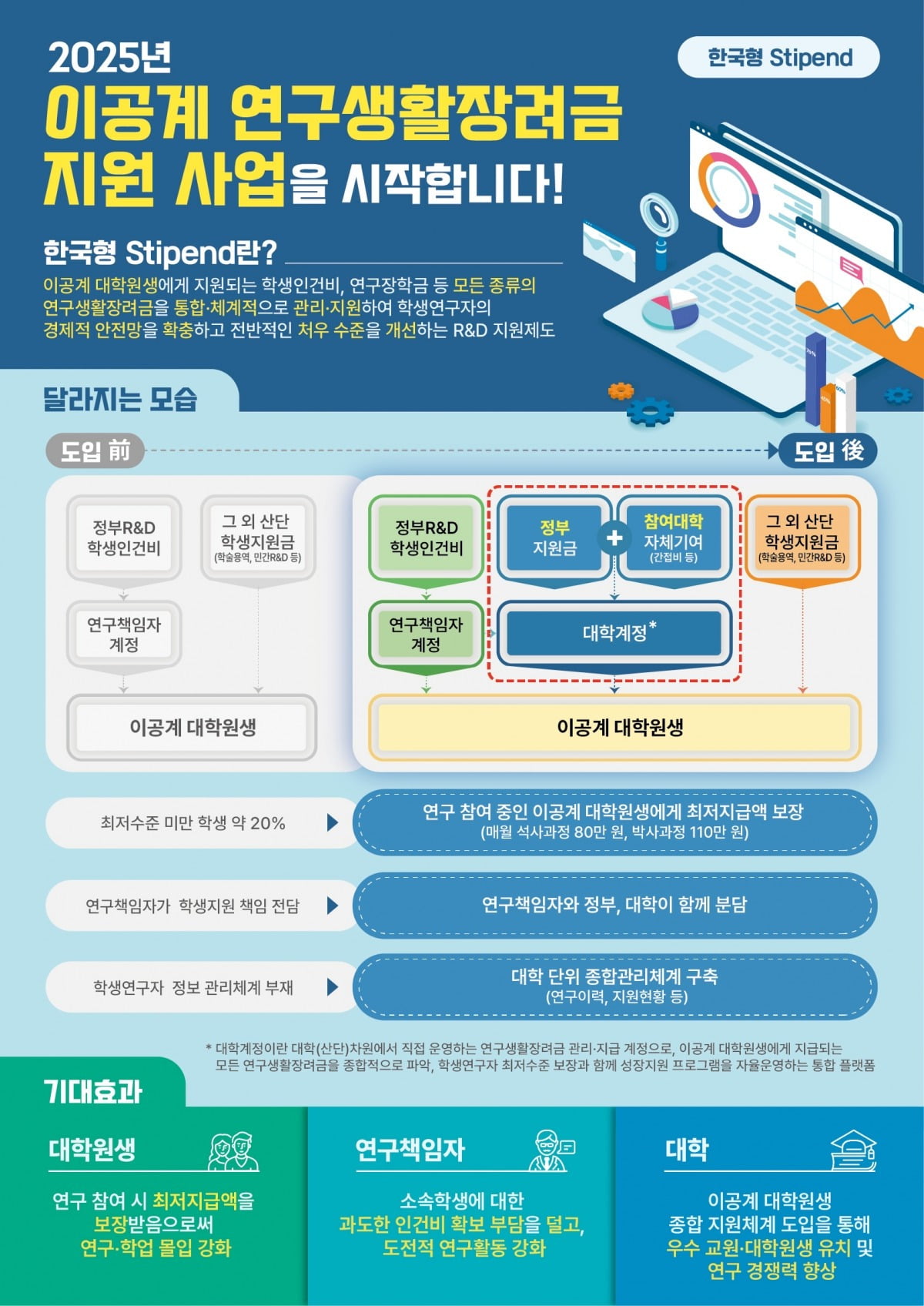Collecting customer feedback is important, but what really matters is how businesses use it. In today’s fast-moving world, feedback needs to be understood and acted on quickly—not just stored in reports. For SAP Customer Experience (SAP CX) users, smart tools can help sort feedback, highlight key insights, and even automate responses, making customer interactions smoother across sales, service, marketing, and commerce. The result? Better decisions, improved efficiency, and happier customers. In this post, we’ll explore how businesses can use technology to improve feedback management, how it works with SAP CX, and why it’s great for business growth. Not long ago, businesses relied on surveys, call center logs, and email forms to collect customer feedback. While helpful, these methods often came with delays, missing details, and scattered data, making it hard to get a clear picture of what customers really wanted. Today, smarter feedback systems solve these challenges by: For SAP CX users, this means faster decisions, smoother operations, and more personalized customer experiences without wasting time sifting through endless data. Managing customer feedback can be overwhelming, especially when businesses receive input from multiple sources like emails, surveys, chats, and social media. AI-powered tools help organize, analyze, and act on feedback faster and more effectively, ensuring that no critical insight goes unnoticed. Here’s how AI is reshaping feedback management for businesses using SAP CX. Collecting feedback shouldn't feel like an extra task for customers. AI makes the process smoother by: Customer feedback isn’t just about what’s said—it’s also about how it’s said. AI can analyze tone, intent, and emotions behind customer messages, helping businesses understand how customers truly feel beyond just numerical ratings. This allows businesses to: Manually sorting through hundreds (or thousands) of feedback responses is time-consuming and prone to human bias. AI helps by: AI doesn’t just analyze what customers are saying—it also helps businesses anticipate what they’ll need next. With predictive analytics, businesses can: For SAP CX users, these AI-driven feedback tools turn raw data into action, helping businesses stay ahead of customer expectations, reduce churn, and create experiences that drive loyalty. SAP CX solutions—for customer data, CRM, sales, and service—help businesses create seamless, customer-focused experiences. But collecting feedback alone isn’t enough. The real impact comes from understanding and acting on it in real time. That’s where AI-powered feedback tools come in. They help analyze customer insights, detect trends, and automate responses—turning feedback into actionable improvements that drive better customer interactions. Customer emotions change fast—AI helps you keep up. Whether it’s a frustrated email, a positive review, or a social media complaint, AI analyzes sentiment in real time so teams can respond before issues escalate. Here’s how AI helps you stay ahead: Nobody likes waiting for a response, AI makes sure they don’t have to. Instead of letting feedback pile up, AI automates workflows, prioritizes urgent concerns, and ensures quick resolution without added manual effort. Here’s how AI speeds up issue resolution: Customers expect businesses to understand their needs—AI helps you do it effortlessly. By analyzing past feedback, AI delivers personalized responses, relevant recommendations, and tailored solutions, making every interaction meaningful. Here’s how AI makes customer interactions more engaging: By integrating AI-powered feedback tools with SAP’s customer experience solutions, businesses get a real-time, 360-degree view of customer sentiment. This helps CX teams, sales managers, and support teams make informed decisions without added manual effort. The result? Faster issue resolution, improved customer engagement, and a smoother, more personalized experience at every touchpoint. AI-powered feedback isn’t just about improving customer experience (CX)—it also helps businesses work smarter, not harder. By analyzing feedback in real time, AI identifies patterns, highlights key issues, and automates processes that would otherwise take hours. The result? Faster problem-solving, better decision-making, and stronger customer relationships. Here’s how AI is making a real difference. No customer wants to wait for a response or repeat their issue multiple times. AI helps speed up resolutions and improve service efficiency. Every business wants to improve its product, but guessing what customers need can lead to wasted time and resources. AI takes the guesswork out by identifying trends and validating ideas through real feedback. Customer feedback doesn’t just point out problems, it can also highlight opportunities to increase revenue and boost retention. When combined with SAP’s enterprise solutions, AI-powered feedback becomes more than just data—it becomes a strategic advantage. Businesses can resolve issues faster, build better products, and increase revenue, all while reducing manual effort. The takeaway? AI turns customer feedback into business growth. A leading financial services company was facing a growing challenge, too many customer inquiries, slow response times, and a lack of real-time insights. Support teams were drowning in tickets, struggling to prioritize urgent cases, and customers were left frustrated with delayed responses. Without a system to track sentiment and spot issues early, they were always playing catch-up instead of preventing problems. With thousands of customer inquiries coming in daily, manually sorting, categorizing, and escalating them was a time-consuming nightmare. Important issues got buried, response times dragged on, and customers lost trust. Without a clear view of customer sentiment, the company had no way to proactively address concerns before they turned into bigger problems. To turn things around, the company integrated AI-powered feedback tools with SAP CRM and SAP S/4HANA, which helped them with automatically analyzing sentiment, categorized feedback, and flagged high-priority cases, eliminating the need for manual sorting. Urgent issues were instantly routed to the right teams, ensuring faster resolutions. Predictive insights also helped the company identify at-risk customers early, allowing them to step in before churn became a problem. With SAP CX and AI-driven feedback, the company transformed its customer support—moving from reactive firefighting to proactive problem-solving. Customers got quicker responses, fewer frustrations, and a better overall experience. AI isn’t just changing how businesses collect feedback, it’s making sure that feedback actually drives real change. With smarter insights, faster actions, and a more seamless SAP CX experience, businesses can stay ahead of customer needs instead of playing catch-up. For CX leaders and SaaS professionals, one thing is clear: AI-powered feedback and AI survey tools are no longer just a trend—they’re a game-changer. It’s time to move beyond guesswork, streamline workflows, and create customer experiences that truly stand out. What’s next? Start exploring AI-driven feedback tools for SAP CX and see how they can take your business to the next level.The Evolution of Customer Feedback in the Digital Age
How AI Transforms Customer Feedback Management
Smarter Data Collection: Making Feedback Seamless
Understanding Customer Emotions with Sentiment Analysis
Automatic Tagging & Categorization: No More Manual Sorting
Predicting Trends & Customer Needs Before They Arise
Integrating AI Feedback Systems with SAP CX
Real-Time Sentiment Tracking: Know What Customers Really Think
Automated Response Workflows: Fix Issues Faster
Personalized Customer Interactions: Make Every Conversation Count
Why This Matters for SAP CX Users
Optimizing Business Processes with AI-Powered Customer Feedback
Customer Service Optimization: Resolve Issues Faster, with Less Effort
Product Development & Innovation: Build Features Customers Actually Want
Sales & Revenue Growth: Find Opportunities Hidden in Feedback
Case Study: AI-Powered Feedback in Action
The Challenge
The Solution
The Results
Conclusion














![“뭉클했다” 친정팀 환영 영상 지켜 본 김하성의 소감 [MK현장]](https://pimg.mk.co.kr/news/cms/202504/26/news-p.v1.20250426.d92247f59a8b45a6b118c0f6ea5157ef_R.jpg)
 English (US) ·
English (US) ·